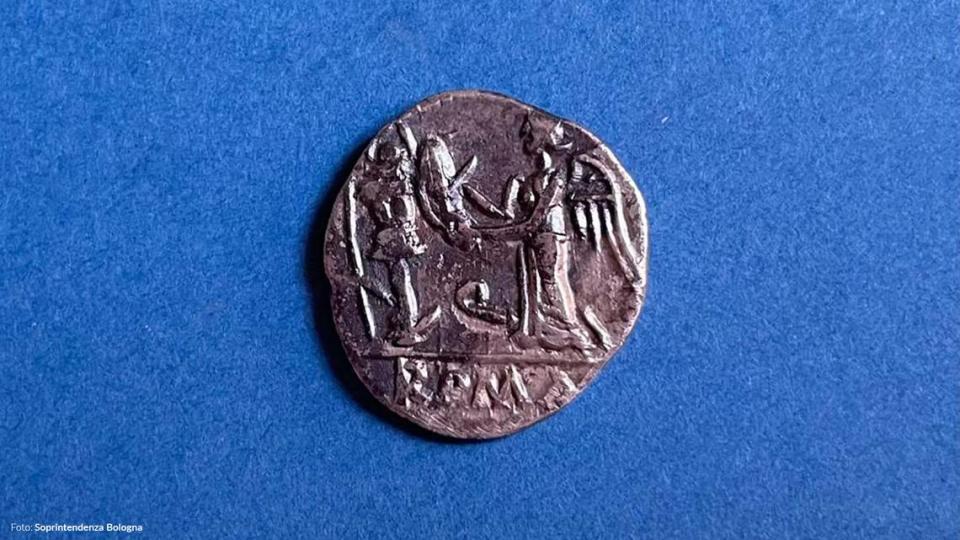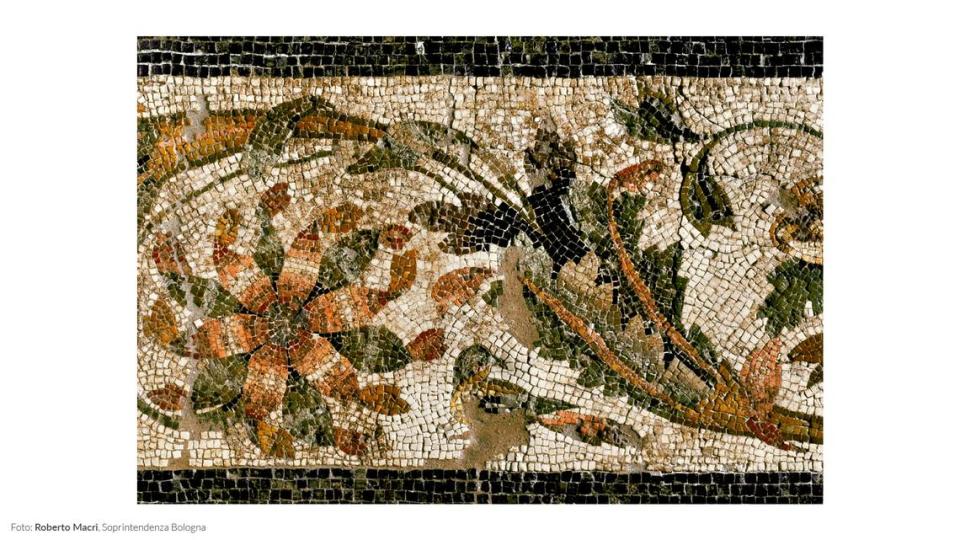Ancient trove of gems, coins unearthed at ‘magical place’ in Italy. See the treasures
More than 2,000 years ago, Claterna, a city in northern Italy, was a bustling center for commerce. Its streets were packed with people toting sacks of coins and gems honoring their deities on their way to the city’s theater or spa facilities.
At least that’s how archaeologists imagine the ancient city after a recent discovery at the approximately 45 acre site, according to a Nov. 10 news release from Italy’s Ministry of Culture.
Archaeologists recently discovered more than 3,000 bronze and silver coins as well as 50 colored gems with engravings for deities amid the city’s ruins, the ministry said. The discovery comes after previous excavations revealed the remains of a huge theater, spa facility, streets and multicolored mosaics.


One of the coins is an especially rare find, according to experts. The silver coin, known as a quinario, dates to 97 B.C. and was found in a corridor of Claterna’s theater. The coin confirms that the building was constructed during the early first century B.C.
Rare marble fragments were also discovered during the latest excavation, experts said.


Officials said only about 10% of the city’s ruins have been excavated, and they expect to discover much more in upcoming investigations.
The site is a “magical place” akin to Pompeii, Lucia Borgonzoni, the undersecretary of state at the Ministry of Culture said in a translated statement, according to Live Science.

Claterna was a bustling Roman city between the second century B.C. and the sixth century A.D., according to the Museum of Claterna. The city was an “administrative, economic and political” center, and it was equipped with organized streets lined with public and private buildings.
At least two suburbs surrounded the city, experts with the museum said. One housed workshops for metal, glass and clay workers while the other served as a necropolis.
Google Translate was used to translate a news release from Italy’s Ministry of Culture.
Divers spot something at the bottom of lake in Italy — and find 3,300-year-old weapon
Artifact unearthed at 3,000-year-old grave site exceeds ‘wildest dreams.’ See it
Ancient settlement hidden under French city had warehouses and pipe systems. See it


